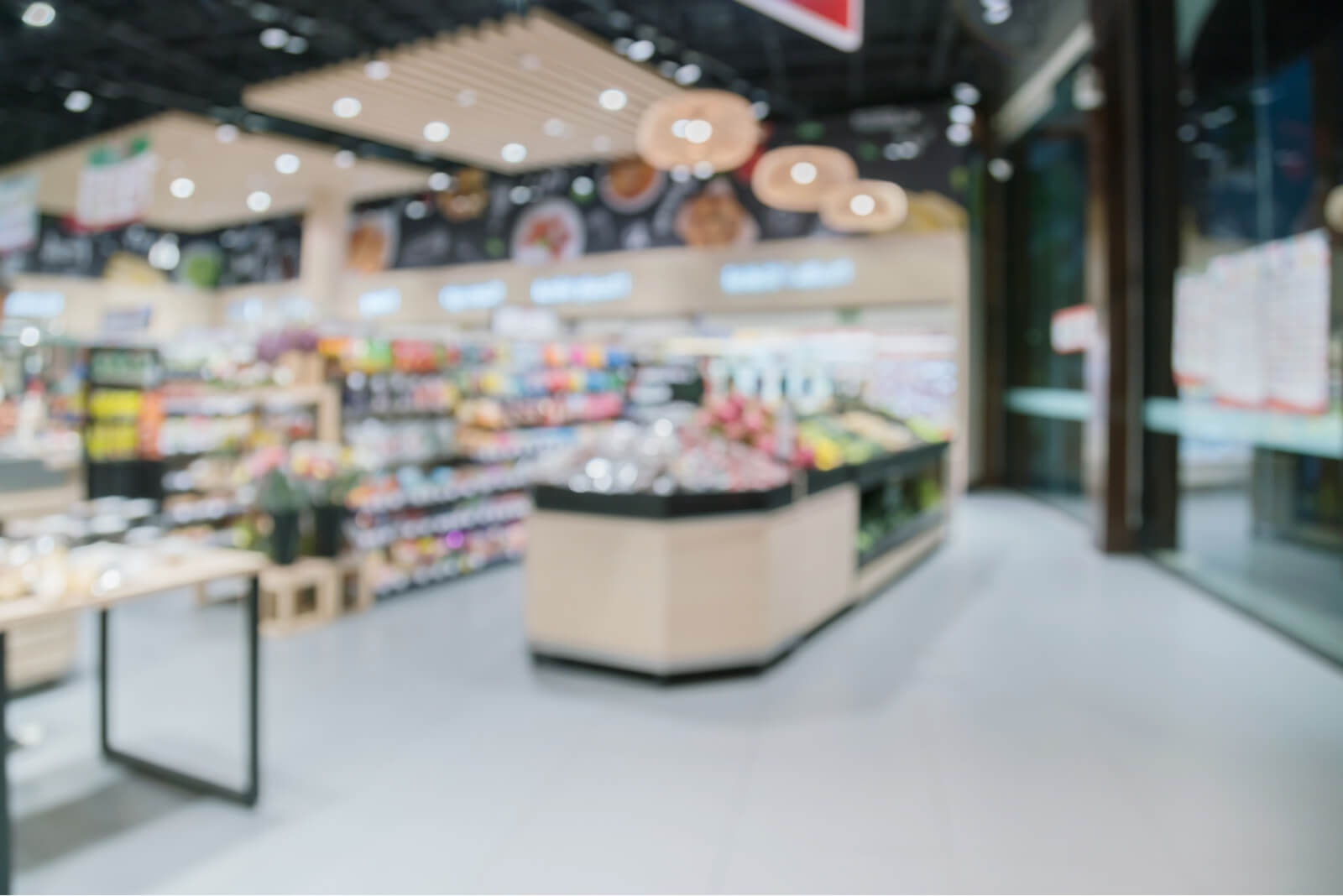
As inflation impacts the economy and consumer wallets tighten, shopping habits are inevitably adjusting. Surprisingly, not all sectors are feeling the pinch. Shoppers remain active, with a newfound focus on discounts and convenience.
Recently, I had the privilege of sitting down with Mark Delaney, FourKites Vice President, Industry Strategy, Retail & CPG, and Chris Kelly, Vice President of Retail at Connors, to discuss how the convenience store landscape is evolving. Here’s a snapshot of our conversation.
Chris: Many convenience stores have invested in improving their interiors and amenities. This includes larger seating areas, cleaner restrooms and enhanced Wi-Fi. These improvements create a more welcoming atmosphere, making convenience stores an alternative destination to QSRs for a quick meal or snack. For instance, consumers see little difference between a Panera Bread and a Wawa. Meanwhile, Casey’s successful pizza offering and partnership with online delivery services is a core part of their go-to-market strategy.
Mark: And gone are the days of the ubiquitous roller dog. Now, convenience stores increasingly offer fresh, often on-site prepared foods and have expanded their beverage selections to include gourmet coffee, smoothies and craft beers. This caters to customers looking for a quick, healthier meal. But it’s not without challenges. Managing fresh offerings, keeping track of spoilage dates and case temperatures, and ensuring customer safety are all new hurdles.
Mark: Labor issues are becoming more acute as the list of things asked of employees grows in length and complexity. Balancing in-store monitoring, including food safety, while providing quick and friendly customer service is challenging. And doing so will be critical if convenience stores are to capitalize on the opportunities they have.
For example, many are looking at offering additional services such as parcel pick-up points or financial services to generate additional revenue streams. There’s also a tremendous opportunity to use customer data to improve loyalty and margins. By understanding customer purchasing behavior, convenience stores can offer personalized add-ons, which drives loyalty and profitability.
Chris: We’re also seeing significant consolidation, much like the grocery market. Companies are seeking economies of scale and increased buying power. For example, consider BP’s acquisition of TravelCenters of America, or EG America purchasing Cumberland Farms. This consolidation can lead to various supply chain efficiencies, like better negotiation power with suppliers, optimized distribution networks, improved inventory management, and reduced operating costs. I fully expect extensive M&A activity to continue within the fuel and convenience space.
Mark: Convenience stores are rapidly evolving into tech-powered hubs by integrating smart shelving, inventory management, digital signage with dynamic pricing and delivery and e-commerce solutions. Smart shelving, equipped with sensors, plays a crucial role in keeping the inventory streamlined; it automatically detects when a product is running low and triggers an alert for restocking. In conjunction with inventory data, digital signage is used for dynamic pricing, allowing stores to adjust prices in real-time based on demand, time of day or inventory levels.
Meanwhile, convenience stores are also capitalizing on the e-commerce wave by integrating their inventory with online platforms. By doing so, they not only enable customers to make purchases online but also facilitate swift deliveries, which are becoming increasingly essential.
Chris: The rise of EVs presents a significant opportunity (and risk) for convenience stores. Progressive players are preparing for a future with less fuel sales by installing charging stations and expanding in-store amenities like cafes. These adaptations help them stay relevant as consumer transportation continues to evolve.
The convenience store landscape is undergoing a monumental shift, driven by changing consumer preferences and technological advancements. With an emphasis on enhancing customer experience through improved interiors and diversified product offerings, convenience stores are positioning themselves as viable alternatives to QSRs and grocery stores.
As Mark and Chris pointed out, now is the time to strategically adapt and evolve their operations and offerings, or risk being left behind.